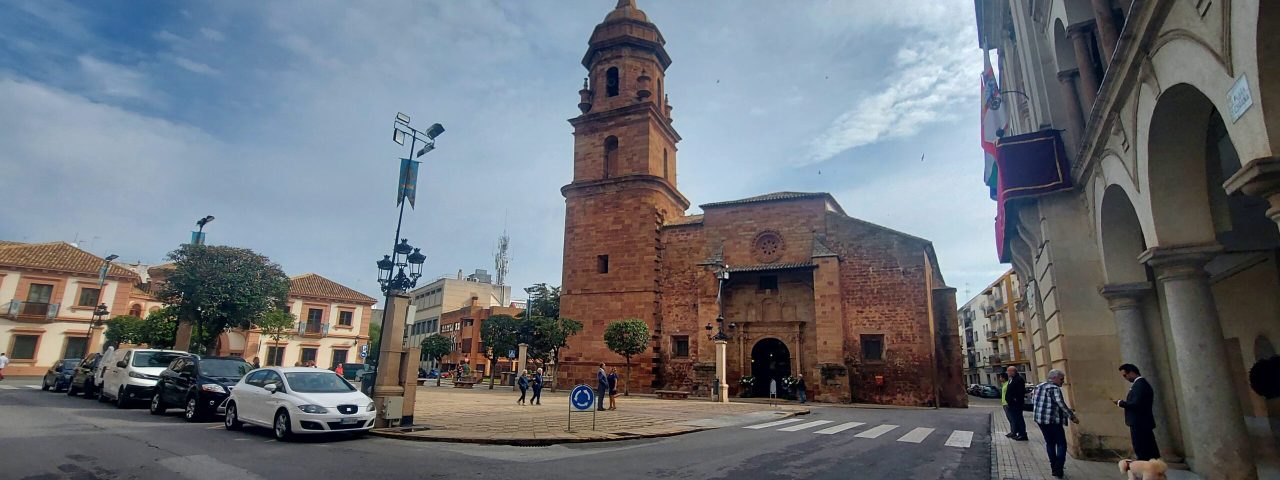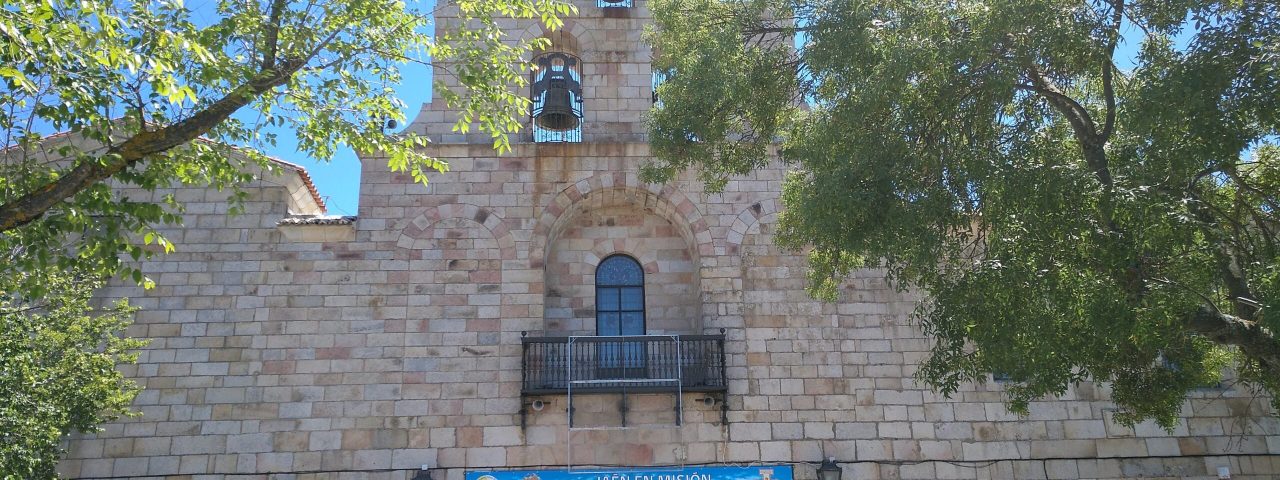Andújar boasts a rich historical tapestry influenced by the Romans, Moors, and Christians over centuries. The city’s origins can be traced back to Roman times, when it was known as “Iliturgi,” a settlement of strategic importance along the Via Augusta, the ancient Roman road that connected Cádiz with Rome. Following the Roman period, the city came under Moorish rule, a time during which Andújar flourished as a center of culture and trade. The city’s final reconquest by Christian forces in the 13th century significantly shaped its present-day character, including the construction of many churches and monuments.
Andújar is deeply rooted in tradition, with its most famous cultural event being the annual Romería de la Virgen de la Cabeza, a religious pilgrimage held every April. This event honors the Virgin of the Cabeza, the patron saint of the city, and attracts thousands of pilgrims and visitors. Participants journey to the Sanctuary of the Virgin, located in the Sierra de Andújar, to celebrate mass, engage in religious rites, and partake in communal festivities. The pilgrimage is one of Spain’s most iconic, making it a cultural highlight of the city.
Local customs in Andújar are steeped in Andalusian heritage, from traditional flamenco performances to festive processions during Easter (Semana Santa). The city also takes pride in its artisanal crafts, particularly ceramics and pottery, which have been produced in the area for centuries.

